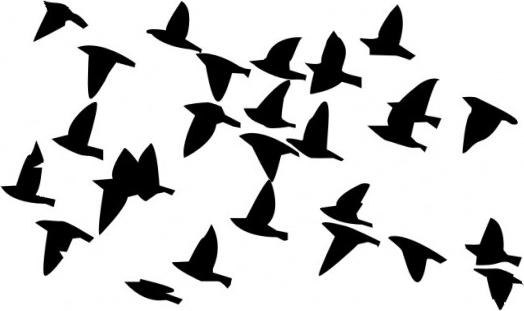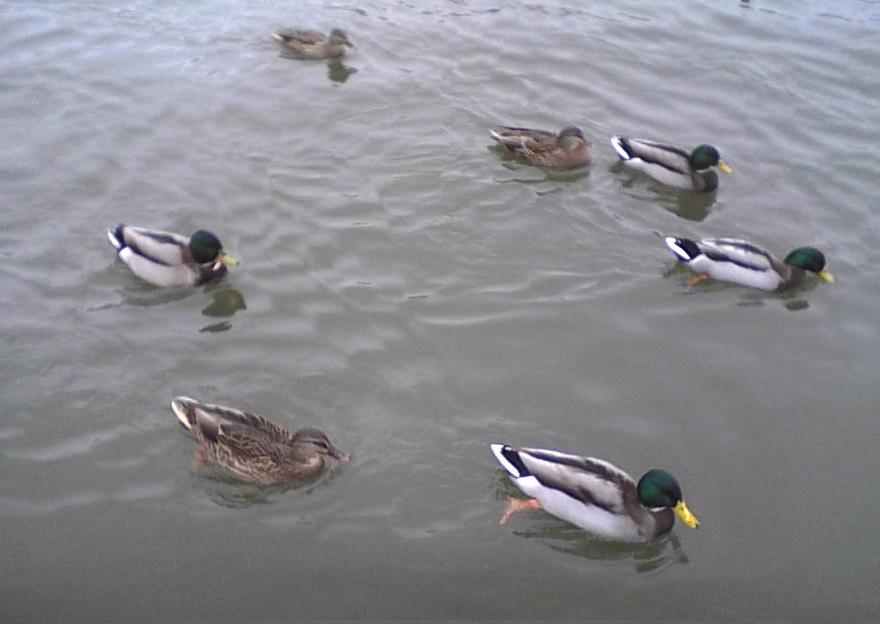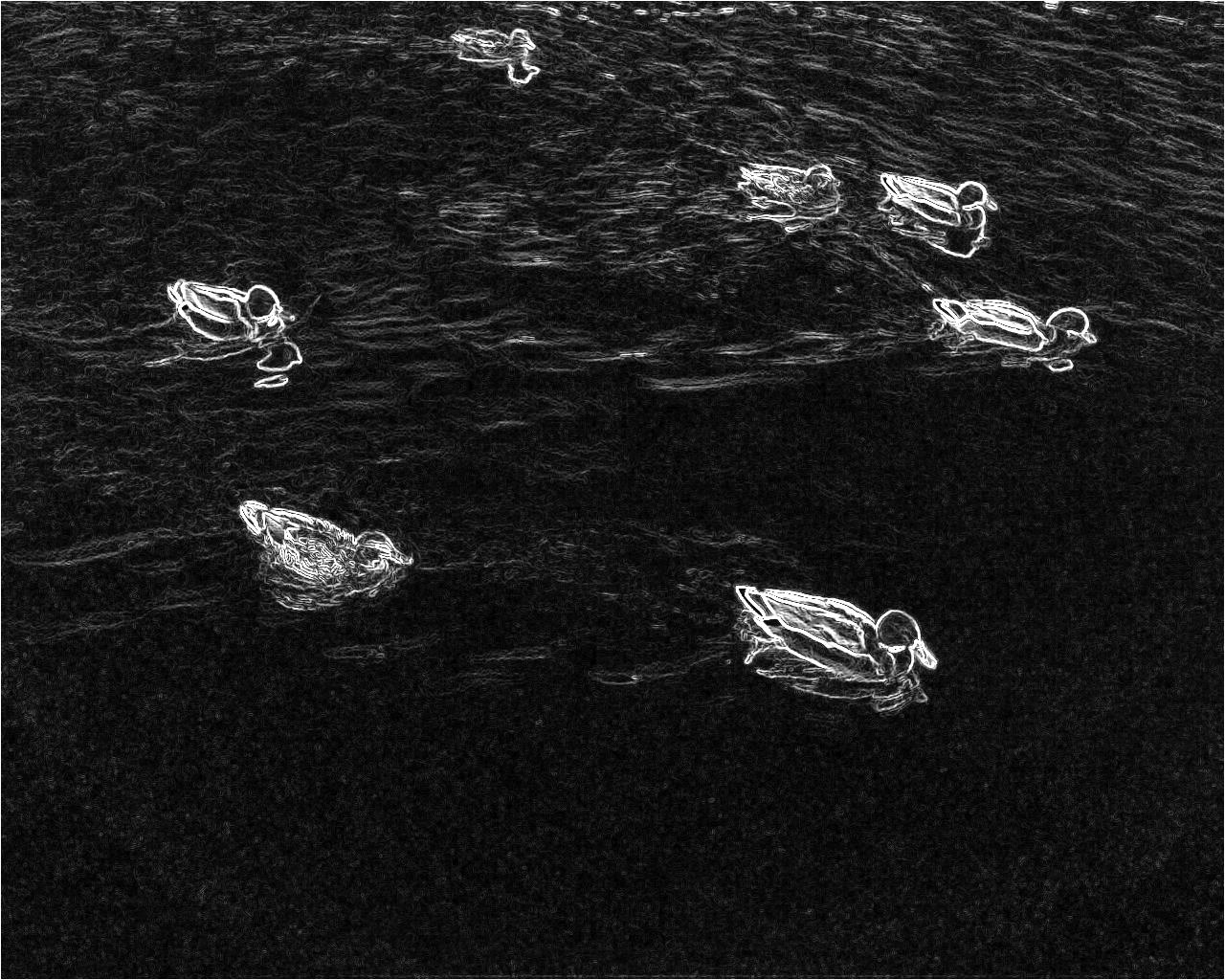 |
 |
Removed 100 vertical seams. |
 |
 |
Removed 50 vertical seams. The algorithm mostly did a good job choosing what to remove, but there are some artifacts (lines that should be vertical are not quite). |
 |
 |
Removed 150 vertical seams. This image works well because there are no straight lines to be disrupted. |
 |
 |
This image is in some ways ideal for seam carving, because it is high contrast on a very plain background. We can remove many seams (in this case 500 vertical seams followed by 300 horizontal seams) without disrupting the content at all. |
 |
 |
Removed 400 vertical seams, then 400 horizontal seams. Similar to above case, but not quite as ideal because the background has some detail. |
 |
 |
Removed 200 horizontal seams. |



































